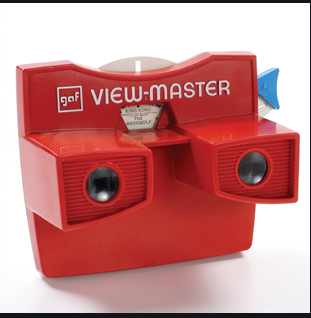Have you ever experienced some of the new 3D technology? Here at home, we have special software and a headset that you wear. Putting it on I feel like I am in an alternate reality and want to duck if something comes flying in my direction! It is amazing to experience being somewhere you’re not, but this isn’t a new visual concept at all! It all began in 1833 in England.
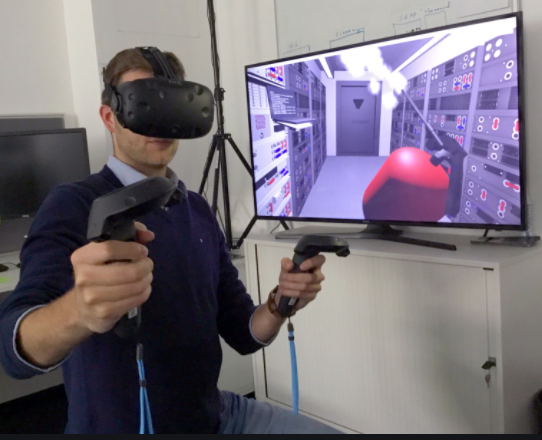
Sir Charles Wheatstone invented the first 3D pictures and viewer. Before photographs were invented, he drew pictures then hand colored them in. The viewer was a large, tabletop contraption with mirrors. This technology advanced when David Brewster of England created a compact, binoculars-like viewer using photographs. In 1851, Brewster showcased his viewer in London’s Crystal Palace and gave a stereoscope to Queen Victoria. Popularity soon grew with every middle- and upper-class home in Europe and North America having one.
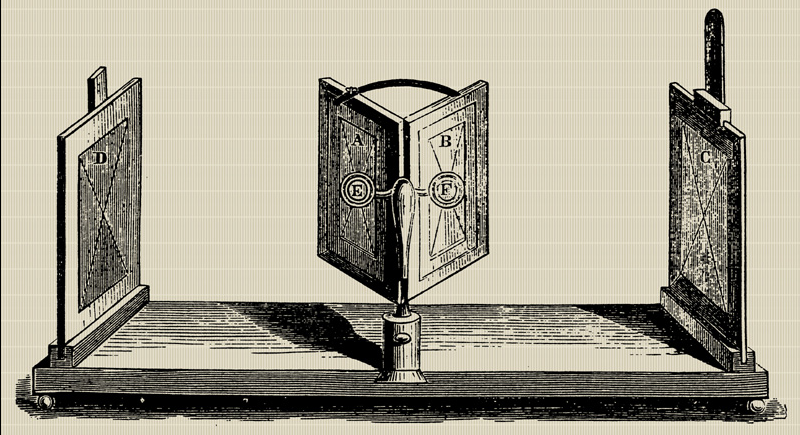
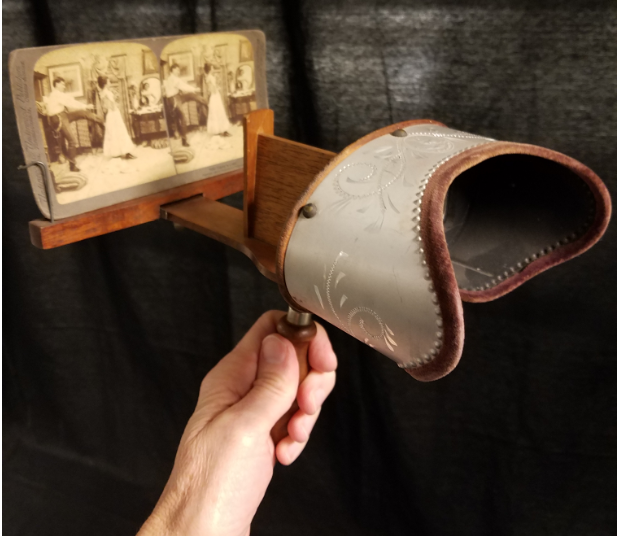
The stereoscope became increasingly popular as images became more varied. Every city had stereoscope photographers and Erie was no exception with Weber’s City Views. Looking through the Erie City Directories, Weber was only in business in 1905.
The Keystone View Company was founded in 1892 and by the early 1900s became one of Meadville’s largest employers. Thousands of images to both entertain and educate were produced and by 1912, Keystone became the world’s largest company producing stereoviews and stereoscopes. During WWII, the company even re-tooled to grind lenses for the Norden Bombsight used in fighter planes.
Without the benefit of showing the 3D image, I would like to share some local stereoviews from my personal collection.
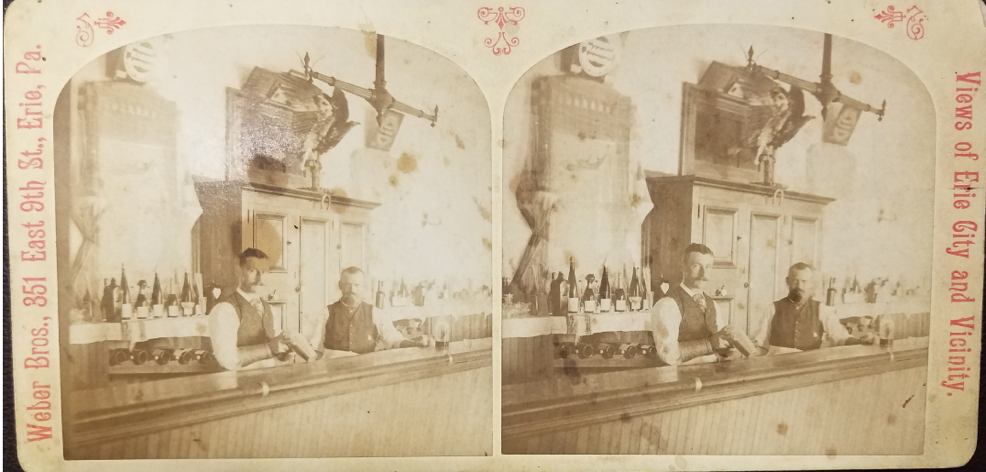
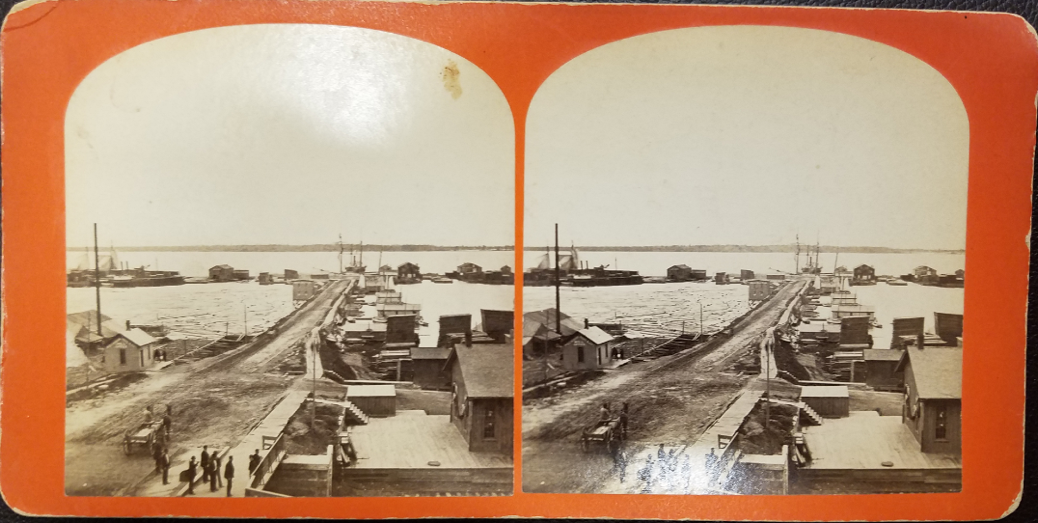
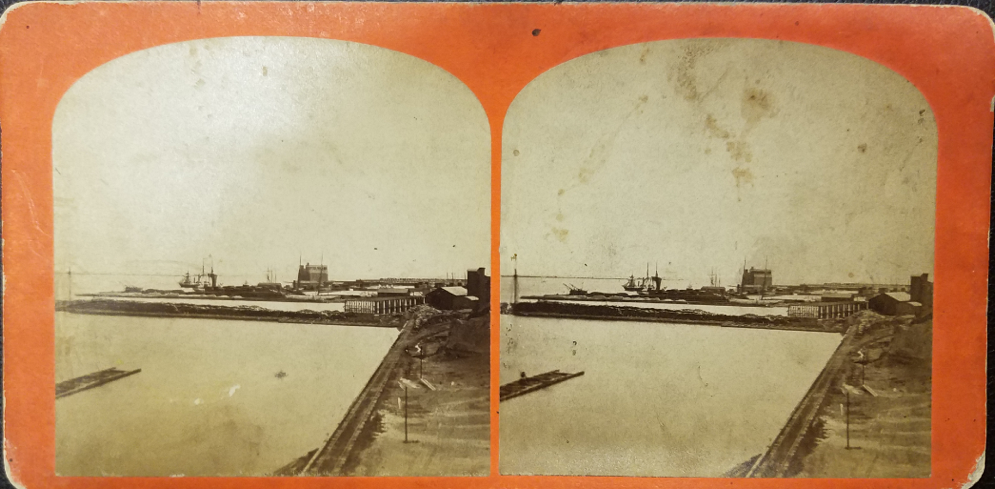
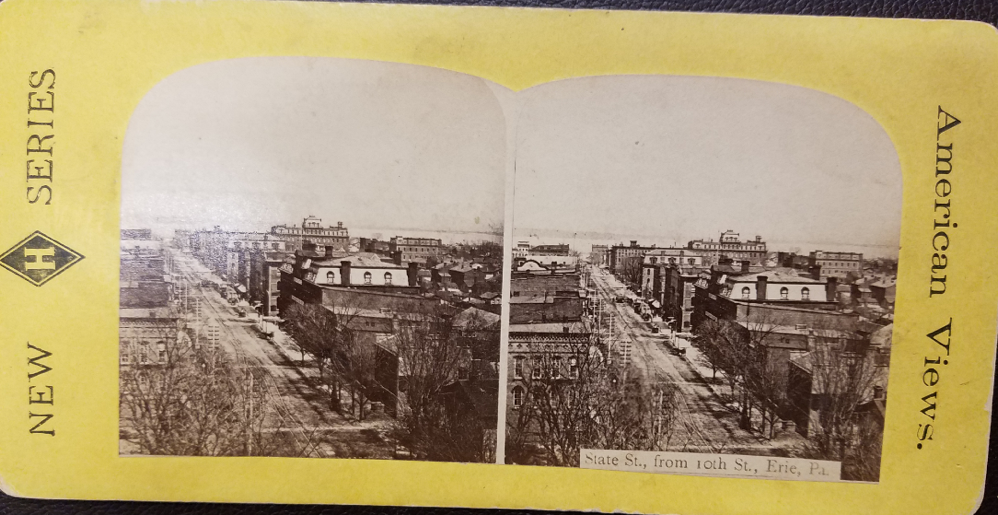
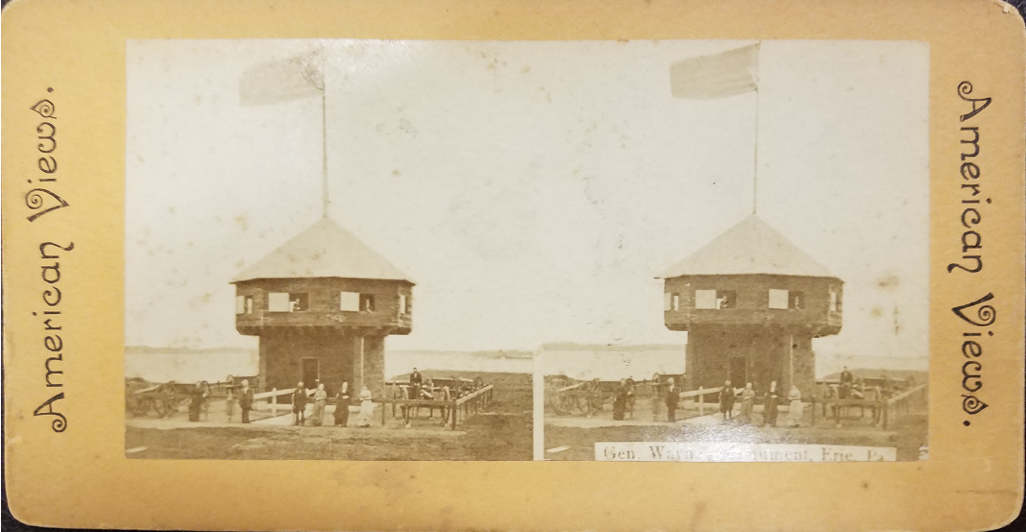
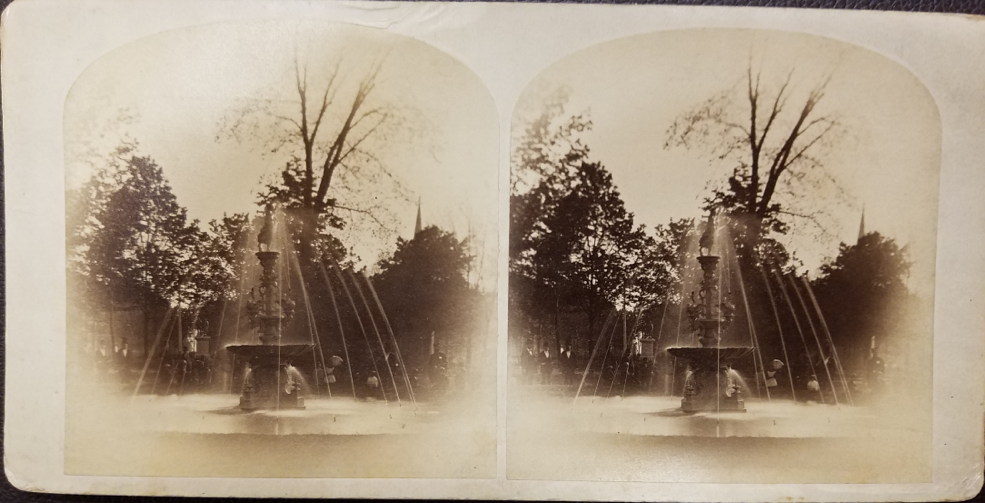
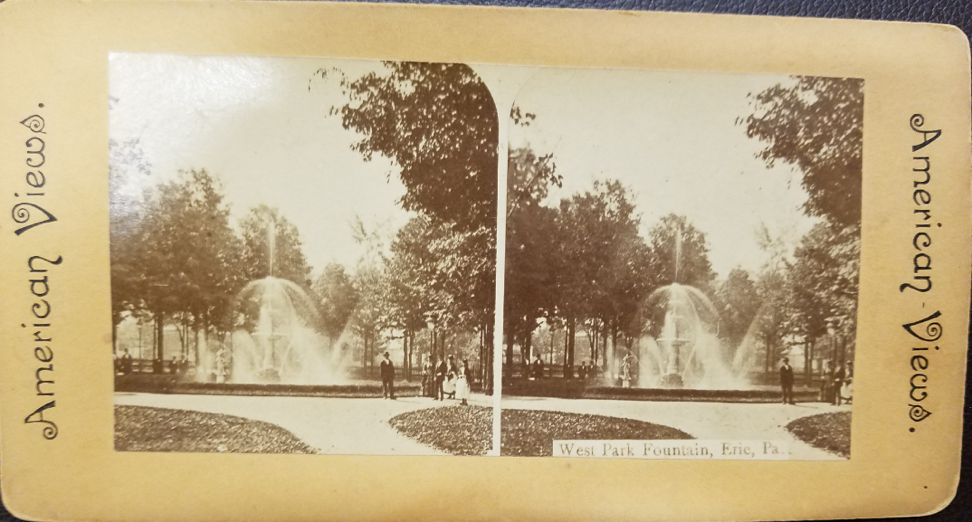
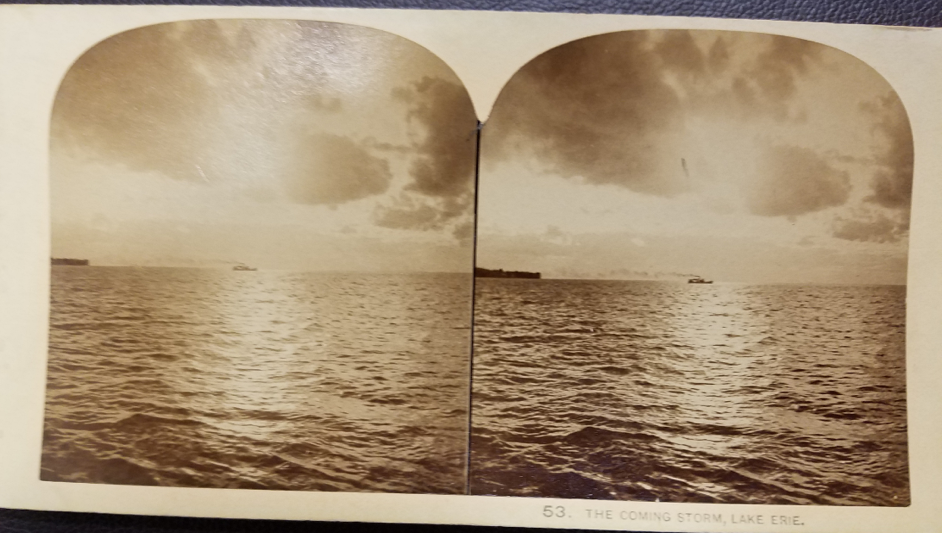
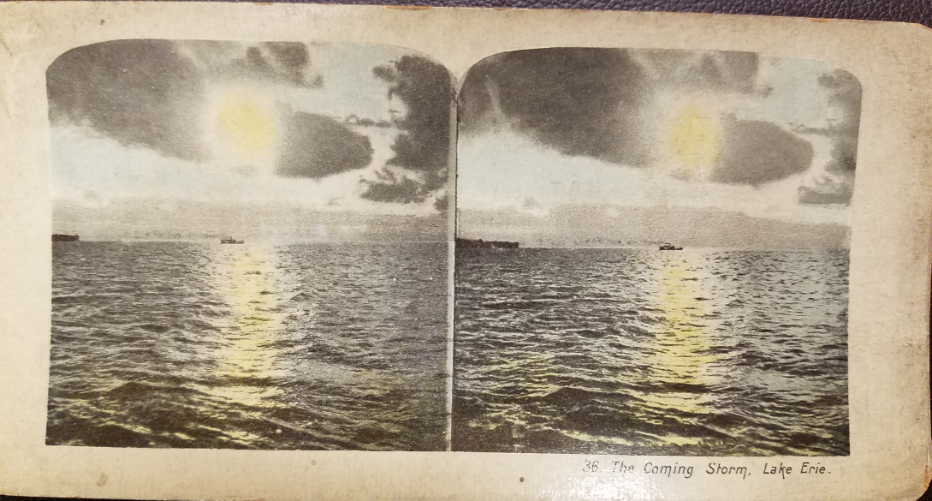
The widespread popularity of stereoviews ended around the 1920s when other forms of entertainment became more available. In 1939, the GAF company produced the View Master which also provided 3D images, but this time on a reel. The View Master was strictly an educational aid until the 1960s, when it became common as a toy. I remember many hours spent with our View Master as a child, dreaming of future travels. Knowing my mother, she still has it and I will have to ask the next time I see her! May all your dreams be in 3D and may they always be happy!
